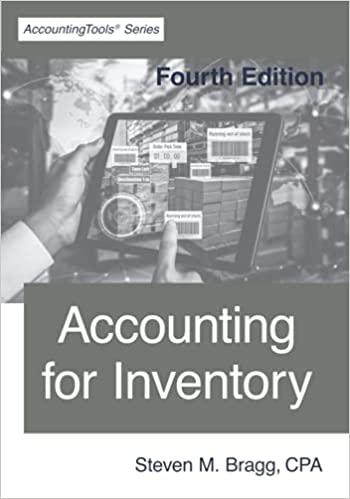Answered step by step
Verified Expert Solution
Question
1 Approved Answer
Using all the daily data for the S&P 500 in the image below, please measure the S&P 500 annualized volatility, expected S&P 500 return, and
- Using all the daily data for the S&P 500 in the image below, please measure the S&P 500 annualized volatility, expected S&P 500 return, and expected S&P 500 excess return assuming:
- The Sharpe Ratio for the S&P 500 equals .3
- There are 252 trading days in a year.
- The one-year risk-free rate equals 4.7%
- Now, lets assume you manage an S&P 500 index fund and are ONLY willing to consider additional strategies that increase expected return without increasing overall portfolio risk. A hedge fund manager proposes you allocate 25% of your assets to her fund which has the following risk characteristics:
Beta to the S&P 500 = 0.4
Volatility = 20%
Expected Alpha = 5%
Correlation with the S&P 500 = .40
Taxes are not a consideration. Would you make the investment? Why or why not?
- What would the alpha on the hedge fund have to be for you to change your decision?
- Using the daily data for the S&P 500 and P&G in the image, please measure the annualized PG volatility, correlation with the S&P 500, Beta and Expected Return assuming an Alpha of zero.
- If you were to follow the same criteria for the 25% allocation to PG as a 25% allocation to the Hedge Fund referenced in 1b, what minimum Alpha for PG would you need to consider the decision.

I need answers in Excel sheet. Thanks for help
Step by Step Solution
There are 3 Steps involved in it
Step: 1

Get Instant Access to Expert-Tailored Solutions
See step-by-step solutions with expert insights and AI powered tools for academic success
Step: 2

Step: 3

Ace Your Homework with AI
Get the answers you need in no time with our AI-driven, step-by-step assistance
Get Started


